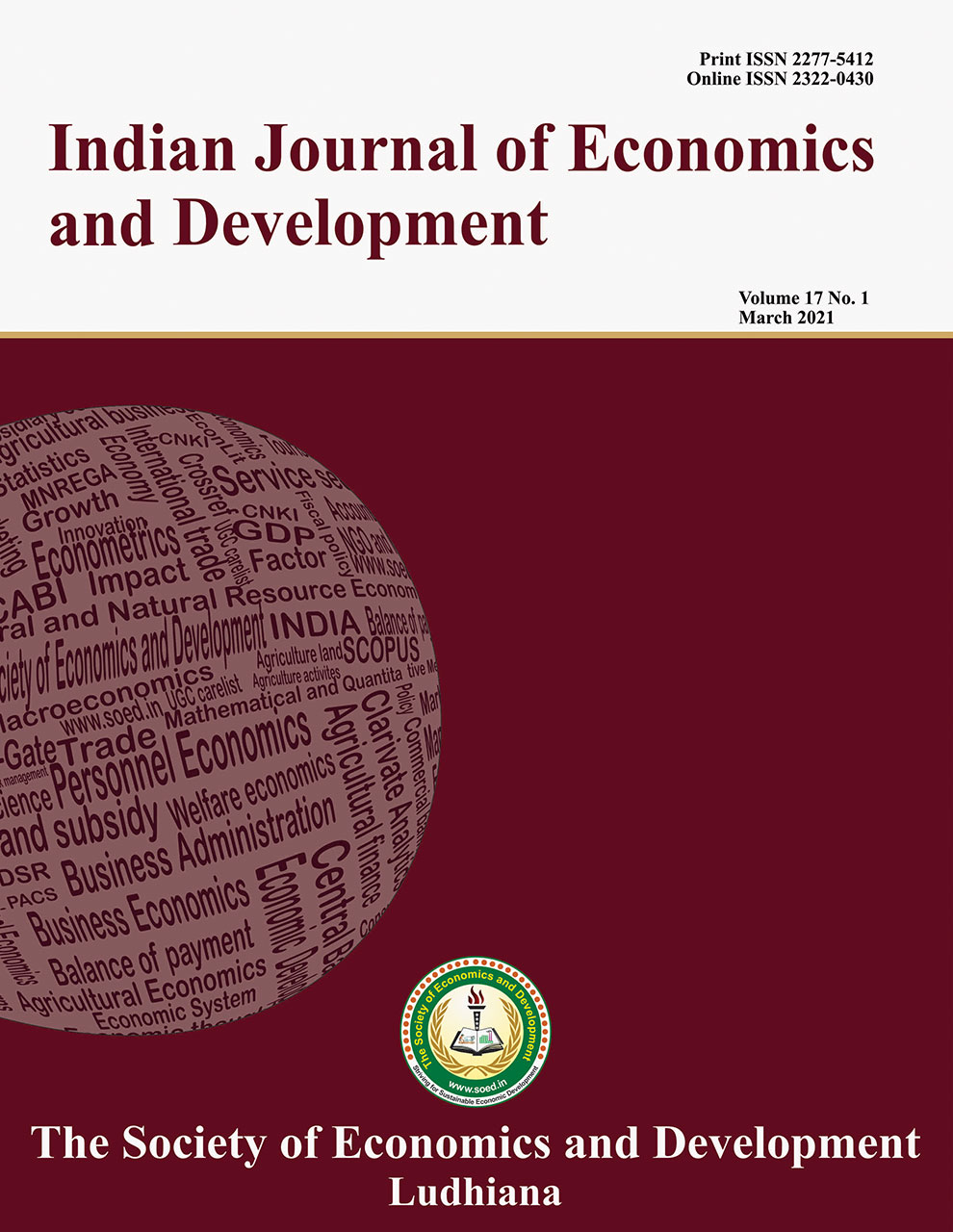Role of Milk Market Infrastructure for Sustainable Dairy Development

Price: ₹ 1000
Author: Soumya Mohapatra1 and R. Sendhil2
Author Address: 1Division of Dairy Economics, Statistics and Management, ICAR-NDRI, Karnal, Haryana-132001 2ICAR-Indian Institute of Wheat and Barley Research, Karnal, Haryana-132001
Keywords: Dairy productivity, milk market infrastructure, principal component analysis, sustainable development.
JEL Codes: L11, L13, M31, M38, M48, Q01, Q02, Q13.
Abstract
Poor market infrastructure leads to inefficient use of resources and inequitable welfare distribution hampering sustainable development. Increased productivity along with investments in market infrastructure is critical for dairy development. The main objective of the study was to develop a composite milk market infrastructure index (MMII) for 21 states of India. The indices were computed using 10 selected indicators, followed by classification into 3 categories viz., high, moderate and low for policy prescription. The findings indicated that Gujarat had the highest MMII (0.7156) and due to the highest number of dairy cooperative societies (2 per 1000 tonnes of milk production). On the contrary, Chhattisgarh had the lowest MMII (0.1194) due to lack of facilities in procurement, transportation, and communication apart from competitive markets. Surprisingly; Haryana, one of the major contributors to milk production in the country, was placed under low MMII (0.2445) due to an unorganized market structure, less procurement and limited access to extension activities. The analysis indicated that six states had high MMII, seven under moderate and the rest eight low MMII. In order to meet the growing demand, milk production should be increased followed by establishing well-organized and well-equipped markets that link production and consumption. To facilitate, the Government should implement necessary policy actions in order to strengthen the market infrastructure and disposal pattern of milk so as to ensure “zero hunger, improved nutrition and food security” for addressing the Sustainable Development Goals (SDGs).
Description
Indian Journal of Economics and Development
Volume 16 No. SS, 2020, 402-407
DOI: https://doi.org/10.35716/ijed/NS20-080
Indexed in Clarivate Analytics (ESCI) of WoS
Soumya Mohapatra1 and R. Sendhil2
1Division of Dairy Economics, Statistics and Management, ICAR-NDRI, Karnal, Haryana-132001
2ICAR-Indian Institute of Wheat and Barley Research, Karnal, Haryana-132001
Corresponding author’s email: soumyaasubhashree@gmail.com



